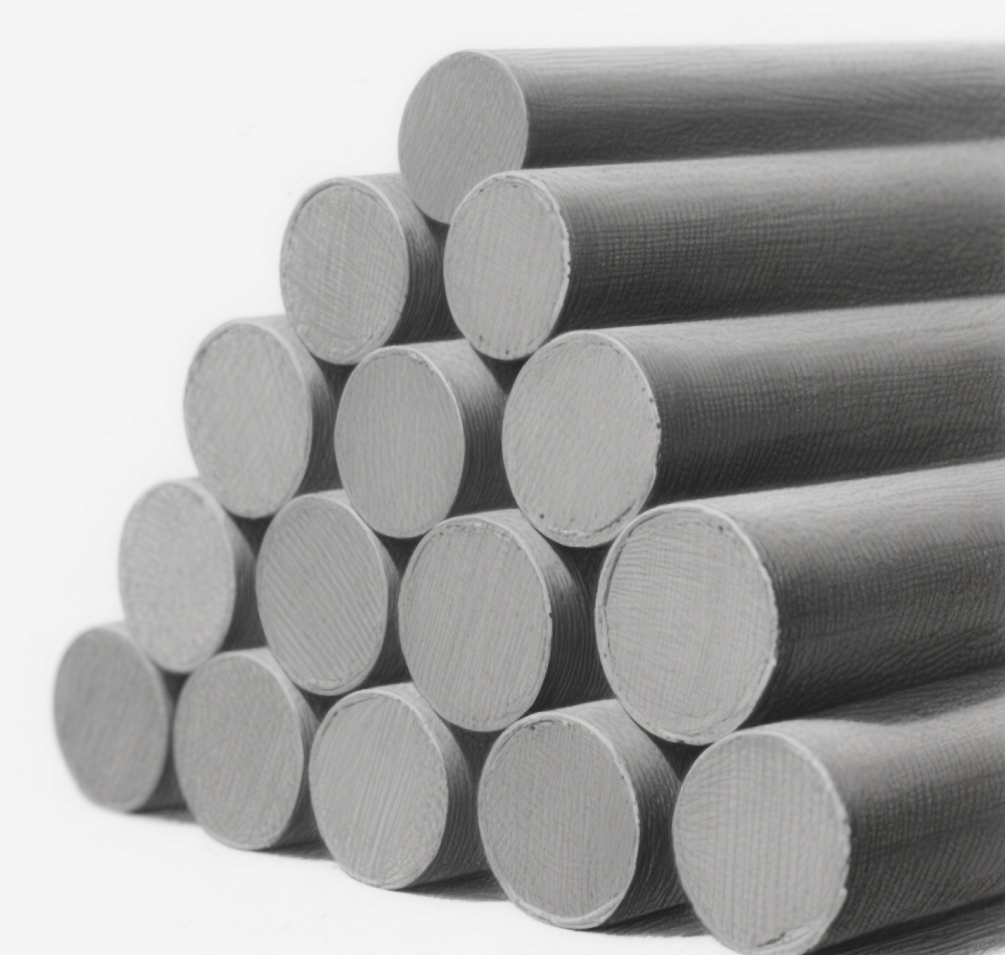Understanding Hydrotreating Catalysts: The Key to Cleaner Fuels
In the ever-evolving landscape of the petroleum industry, the quest for cleaner and more efficient fuel production has never been more critical. At the heart of this endeavor lies hydrotreating catalysts, essential components that facilitate the conversion of crude oil into high-quality fuels. These catalysts play a pivotal role in removing impurities such as sulfur, nitrogen, and metals from petroleum products, ensuring compliance with stringent environmental regulations and enhancing the overall performance of fuels.

What Are Hydrotreating Catalysts?
Hydrotreating catalysts are specialized materials that promote chemical reactions in the presence of hydrogen. They are primarily used in hydrotreating processes, which involve the treatment of petroleum fractions with hydrogen at elevated temperatures and pressures. The primary goal of hydrotreating is to improve the quality of fuels by reducing the concentration of undesirable compounds. This process not only enhances the fuel’s combustion properties but also minimizes harmful emissions when the fuel is burned.
Types of Hydrotreating Catalysts
There are several types of hydrotreating catalysts, each designed for specific applications within the refining process. The most common types include:
- Cobalt-Molybdenum (Co-Mo) Catalysts: These are widely used for hydrodesulfurization (HDS) processes, effectively removing sulfur from diesel and other fuels. Their high activity and selectivity make them a popular choice in refineries.
- Nickel-Molybdenum (Ni-Mo) Catalysts: Similar to Co-Mo catalysts, Ni-Mo catalysts are also effective in HDS applications. They are particularly favored for their ability to handle heavier feedstocks and their resistance to deactivation.
- Noble Metal Catalysts: Platinum and palladium-based catalysts are used in more specialized applications, such as hydrocracking and hydroisomerization. These catalysts offer high activity and selectivity but come at a higher cost.

The Importance of Hydrotreating Catalysts in Fuel Production
The significance of hydrotreating catalysts cannot be overstated. As global regulations on fuel quality become increasingly stringent, the demand for effective hydrotreating solutions continues to rise. Refineries are under pressure to produce low-sulfur fuels that meet the requirements set forth by organizations such as the Environmental Protection Agency (EPA) and the International Maritime Organization (IMO).
Moreover, the use of hydrotreating catalysts not only helps in meeting regulatory standards but also enhances the overall efficiency of the refining process. By improving the quality of the final products, these catalysts contribute to better engine performance, reduced maintenance costs, and lower emissions, ultimately benefiting both consumers and the environment.

Future Trends in Hydrotreating Catalysts
As the industry moves towards more sustainable practices, research and development in hydrotreating catalysts are gaining momentum. Innovations in catalyst design, such as the development of more active and selective materials, are expected to enhance the efficiency of hydrotreating processes. Additionally, the integration of advanced technologies, such as artificial intelligence and machine learning, is poised to optimize catalyst performance and extend their operational lifespan.
In conclusion, hydrotreating catalysts are indispensable in the production of cleaner fuels. Their ability to remove impurities and improve fuel quality not only aligns with regulatory requirements but also supports the industry’s shift towards sustainability. As technology continues to advance, the future of hydrotreating catalysts looks promising, paving the way for a cleaner and more efficient energy landscape.
Post time: May-21-2025


